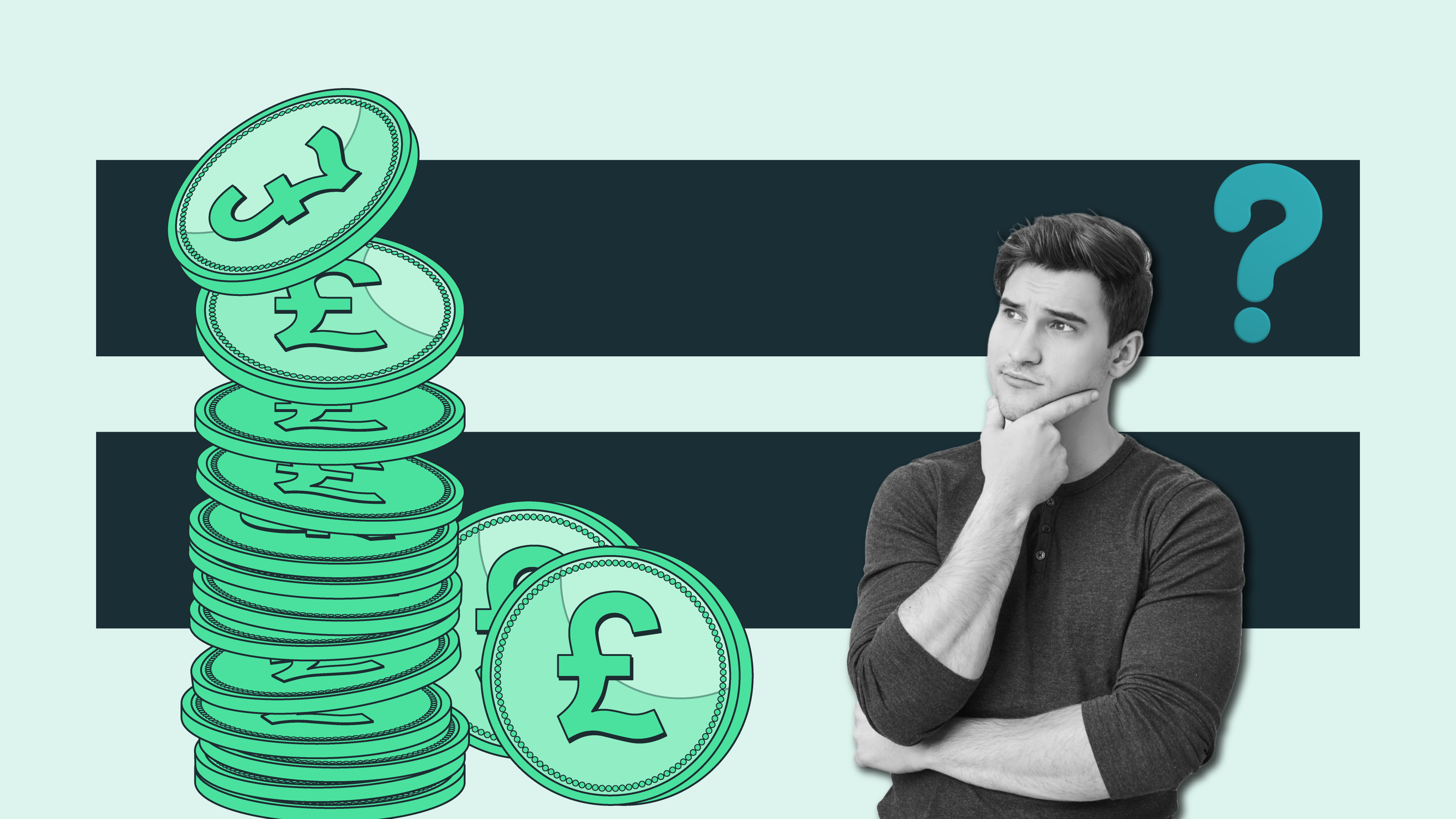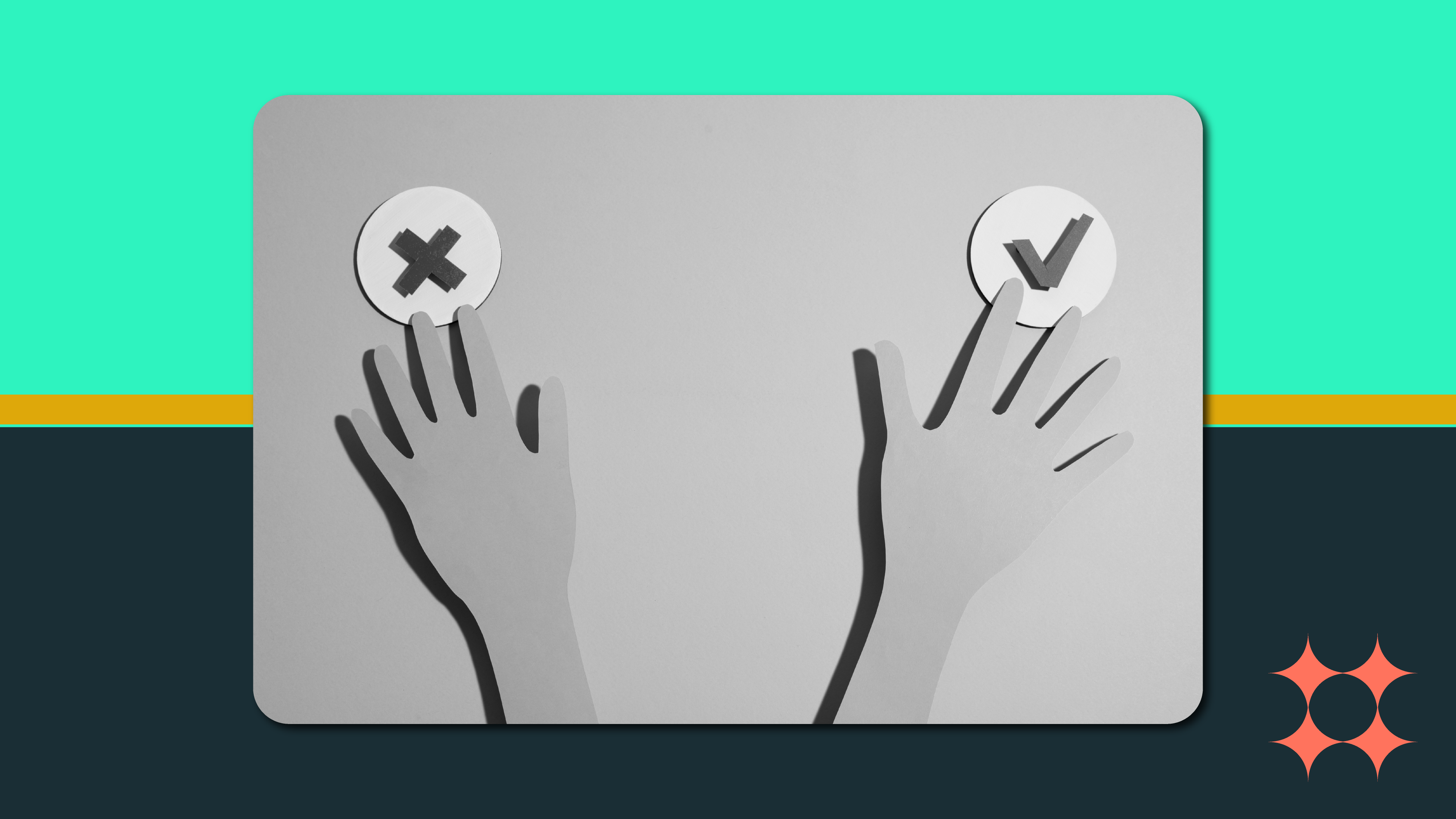How To Start A Website Design Business

How To Start A Successful Website Design Company
Running your own website design company can be a rewarding and lucrative venture. You might be a talented designer looking for a side hustle to make some extra cash, or an entrepreneur looking to enter the digital business markets.
Starting your own website design business will require a combination of technical skills, good business knowledge and the ability to apply marketing strategies.
This article will help you understand how to set up a web design business, how much you should charge customers, how to attract customers, and how to grow your new website design venture.
Required Skills For Website Design
This isn’t an industry you can just jump into without the right set of skills. You will require knowledge of and good skills in:
- Website Design Tools - Webflow, Figma, Sketch, Adobe XD and Adobe Dreamweaver.
- CSS (Cascading Style Sheets), HTML (Hypertext Markup Language) and Javascript - the primary languages used in web design.
- UX (User Experience) Design and UI (User Interface) Design - these focus on the end user journey and a site’s visual elements and interactivity.
- Content Management Systems (CMS) - Wix, Shopify Wordpress etc. These allow you to create and manage website content and images.
- Search Engine Optimisation (SEO) - involves optimising website content to improve your website presence on search engines.
All of these skills are essential for building websites. If you aren’t proficient in any area, we strongly recommend you take online courses before launching a web design business.
Pick Your Target Market And Niche

Pretty much every business needs a website, which means you’re entering an extremely competitive market. It might be worth narrowing your focus to become a specialist designer in specific industries and markets. This can make you stand out from the crowd.
Possible niches might be:
- Non-profit organisations and charitable businesses
- Small businesses
- Sports websites
- Real estate websites
- Legal websites
- Personal brand websites (influencers etc)
Create A Business Plan
Creating a good business plan helps outline your business plans, can guide the growth of your company, and will be helpful should you look for additional investment.
Executive Summary
- Financial projections
- Target markets
- Description of the services you’ll offer
Research Analysis
- Analysis of competitors
- Understand the current market demands
- See what competitors are charging for similar web design services
Services and Prices
- Good description of each service on offer (web design, SEO, development etc)
- Detailed pricing structure
Marketing Plan
- How you plan to attract customers
- How you plan to retain customers
- Methods of marketing
Operational Needs
- Equipment and supplies requirements
- Staff (unlikely to start with)
Financial Forecasts
- Initial starting costs
- Monthly expense forecast
- Revenue projections
Register Your Web Design Business
The first thing you need to do is decide on the type of business you want:
- Sole Proprietor - easier, but personal liability will be higher
- LLC (Limited Liability Company) - offers protection for personal assets and can offer tax benefits
- Corporation - quite complex and is tailored more for larger businesses
Insurance
- Even if you’re self employed and work from home with no physical client interaction, you still need Professional Indemnity Insurance.
- Professional Indemnity Insurance will protect you from any claims that might be made as a result of a data breach or financial loss to a client.
- It will cover the equipment needed to run your business even if it’s lost or stolen in transit.
- Public Liability Insurance - you should consider this if you physically interact with other people when doing your job.
- Employers Liability Insurance - only applicable if you have staff.
Tax
- Sole Traders - you’ll need to register with HMRC for Self Assessment to pay tax on your side hustle.
- Limited Company - you must register the business before you can begin trading. The tax implications are more complex with limited companies, so you should check what’s needed with the government or appoint an accountant to handle things.
Create Your Business Website
By the time you get to this stage, you should have already decided on your business name and paid for the website domain. Think carefully about your business name; it forms a major part of your unique brand, and needs to let customers know why they should hire you instead of your competitors.
Your website has to be top notch, given that web design is your speciality. This will be the first piece of your work that potential customers see, so make sure it reflects the very best of your skillset.
Some pointers when creating your web design business website:
- An eye-catching home page
- A dedicated section showcasing your skills
- A page detailing all of your contact details
- Full details of the services you offer
- Your package prices or an option to get a quote
- A blog to share helpful information and boost your SEO
How Much To Charge For Website Design

The costs associated with running a website design business are varied depending on your location, the service being used and how you charge (hourly or project based).
Here are some typical prices charged by freelance web designers in the UK:
Hourly Prices
- Freelance Web Designers: £20 to £100 per hour
- Small Web Design Agencies: £50 to £200 per hour
- Larger Web Design Agencies: £100 to £300 per hour
Project-Based Rates
- Basic websites: £500 to £3,000
- Medium websites: £3,000 to £10,000
- Larger websites: £15,000+
These prices are just a rough guide - you can create different types of packages based on the services your customers require.
Here are some factors that could affect the prices:
- Complexity - websites requiring extra functionality and unique features merit higher prices.
- Designer Experience: website designers with more experience and skills can charge higher rates.
- Website Style: custom-designed websites can command more money than template-based websites.
- Type of Website: websites with sales portals (e-commerce) will be more expensive than simple brochure websites.
- Functionality: the more features a client wants, the more you can charge.
- Retainer Work: you can generate an ongoing income from supporting and maintaining client websites.
Marketing Your Website Design Business
In order to draw potential customers to your website, you need a good marketing strategy.
Here are some tips to get you started:
- Content Marketing: post regular blog posts and video tutorials.
- Search Engine Optimism (SEO): using SEO techniques to get your website ranking with Google is a must for gaining customers at no cost.
- Paid Ads: run paid ad campaigns on Facebook and Google Ads to get yourself noticed by other business owners.
- Collaboration: team up with copywriters or marketing agencies to strengthen your package offerings.
- Pick a niche: stand out as an expert in your field by specialising in the types of projects you do or the types of customers you serve.
Streamline Your Processes
There are tools you can consider using to help run your website design business:
- MS Teams or Slack: useful tools to communicate with customers.
- Dropbox or Google Drive: good tools for storing projects and documents.
- Trello, Asana or Basecamp: offers the functionality to track projects and share project specifics with customers.
- Invoicing Software: Quickbooks, Xero and Zoho. Makes managing project payments much easier.
Growing Your Business
If your new web design venture is a success, you may want to expand the operation.
Here are some things to think about if you decide to grow the business:
- Additional staff: you could hire extra designers or admin staff. Remember you will have to comply with employer regulations though.
- Offer maintenance packages: if you don’t already offer this service, this is a great idea for generating regular income.
- Add new services: consider expanding the services you offer your clients.
Pros And Cons Of Running A Website Design Business

We think the advantages of starting a website design business outweigh the negatives, but it’s only fair that you know the differences.
Pros
- Demand: as online business continues to dominate retail sales, there will always be a demand for new websites and upgrades to websites.
- Creativity: this type of work is enjoyable, as you get to take part in bringing new projects to life.
- Flexibility: you can run a website design business from anywhere in the world.
- Qualifications: you can start a web design company without any formal qualifications. However, you will need the right skills and it can be helpful to have obtained certifications.
- Scalability: as you gain experience, you can expand the business and offer additional services.
Cons
- Technology: it’s inevitable that available technology will continue to evolve - and to keep up with the market, you’ll need to evolve your skills and techniques along with it.
- Competition: web design is an extremely competitive field, so you need to be on the ball to stand out.
- Isolation: if you work on your own, this can be a lonely career to follow.
Conclusion
Launching your own website design business can be extremely rewarding, both emotionally and financially, if done right. However, the competition is fierce, so you’ll need to put a lot of work into the business to gain an edge over your competitors.
If you start out on your own from home, don’t forget it can be a little isolated at times without physical interaction with people.
Make sure you set up a workspace that helps to balance work and life. Create a comfortable workspace away from the main living area so you can keep things separate.
